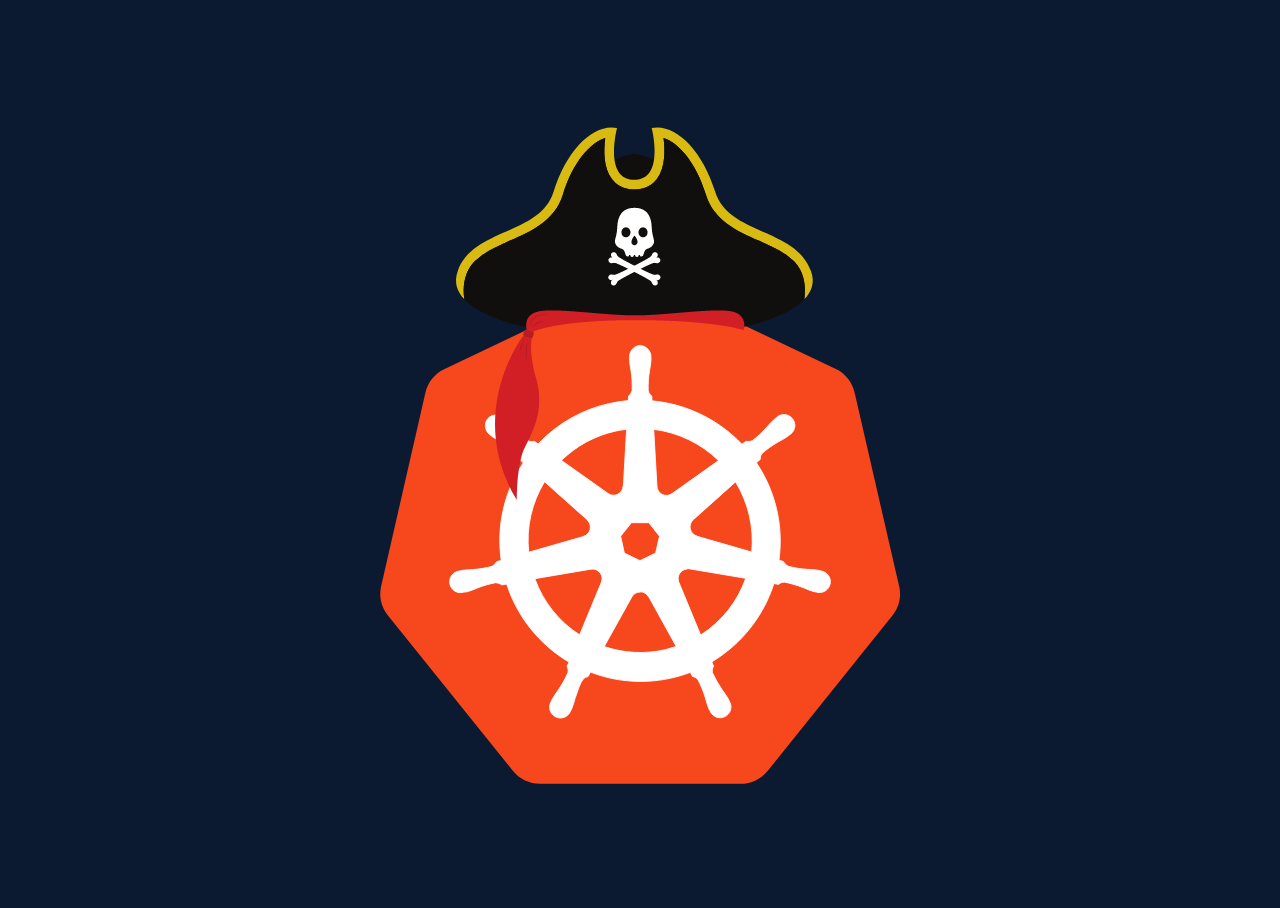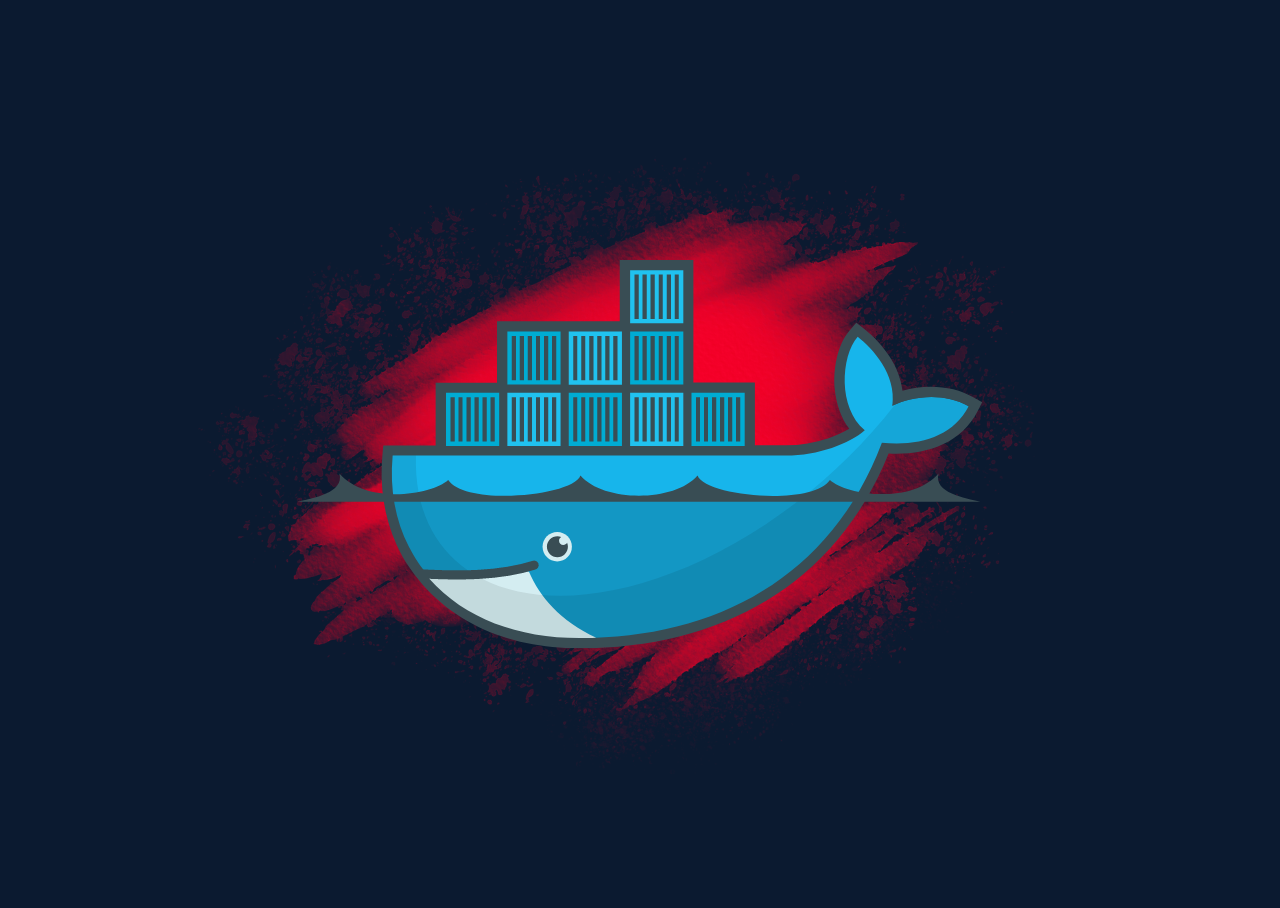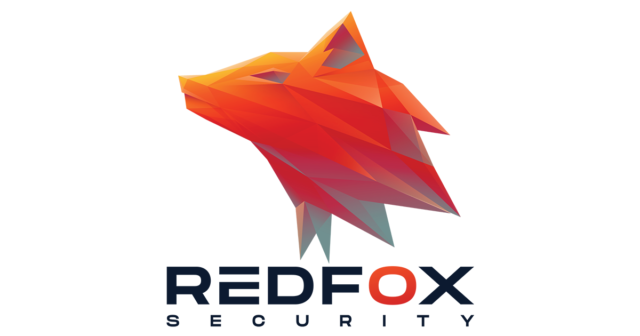It is evident that with the advancement of technology, the risks associated with it have also increased. Cybercriminals are always on the lookout for new ways by which they can exploit the system and gain unauthorized access to sensitive data. Penetration testing and red teaming come into play here. Both techniques identify vulnerabilities in a...
This website uses cookies so that we can provide you with the best user experience possible. Cookie information is stored in your browser and performs functions such as recognizing you when you return to our website and helping our team to understand which sections of the website you find most interesting and useful.








